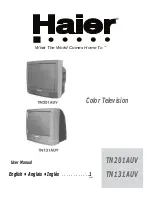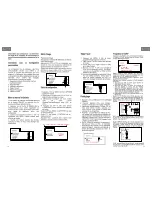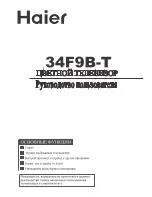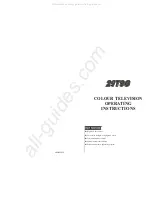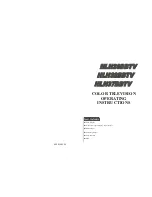
Technical Inf
orma
tion
107
Technical Information
Auto Aspect
The optimum size and aspect can be chosen automatically, and you can enjoy finer images.
(p. 20)
Aspect Control Signal
[WIDE] will appear in the top left of the screen if a Widescreen signal (WSS) or a Control signal through SCART / HDMI terminal
is found.
The aspect will switch to the appropriate 16:9 or 14:9 widescreen ratio.
This function will work in any aspect mode.
Input terminal
Input signal format
Aspect Control Signal
Widescreen signal
(WSS)
Control signal
through SCART (pin8) /
HDMI terminal
RF
DVB
PAL I
PAL 525/60 6.0 MHz
–
M.NTSC 6.0 MHz
–
Satellite
freesat, Other Sat. / Satellite
AV1 / AV2
(Composite)
PAL
PAL 525/60
–
M.NTSC
–
NTSC
–
COMPONENT
525 (480) / 60i, 60p
–
625 (576) / 50i, 50p
750 (720) / 60p, 50p
–
1,125 (1,080) / 60i, 50i
–
HDMI1
HDMI2
HDMI3
HDMI4
525 (480) / 60i, 60p
–
625 (576) / 50i, 50p
–
750 (720) / 60p, 50p
–
1,125 (1,080) / 60i, 50i
–
1,125 (1,080) / 60p, 50p, 24p
–
Auto mode
Auto mode determines the best aspect ratio to fill the screen. It does this using a four step process (WSS, Control signal
through SCART / HDMI terminal, Letterbox detection or Justify to fill the screen).
This process may take several minutes, depending on the darkness of the image.
Letterbox detection:
If black bands at the top and bottom of the screen are detected, Auto mode chooses the best ratio and expands the image to
fill the screen.
If no aspect signals are detected, Auto mode enhances the image for optimum viewing pleasure.
Note
•
The ratio varies depending on the programme, etc. If the ratio is out of the standard 16:9, black bands at the top and bottom
of the screen may appear.
•
If the screen size looks unusual when a widescreen-recorded programme is played back on a VCR, adjust the tracking of the
VCR. Read the manual of the VCR.































